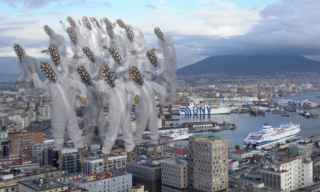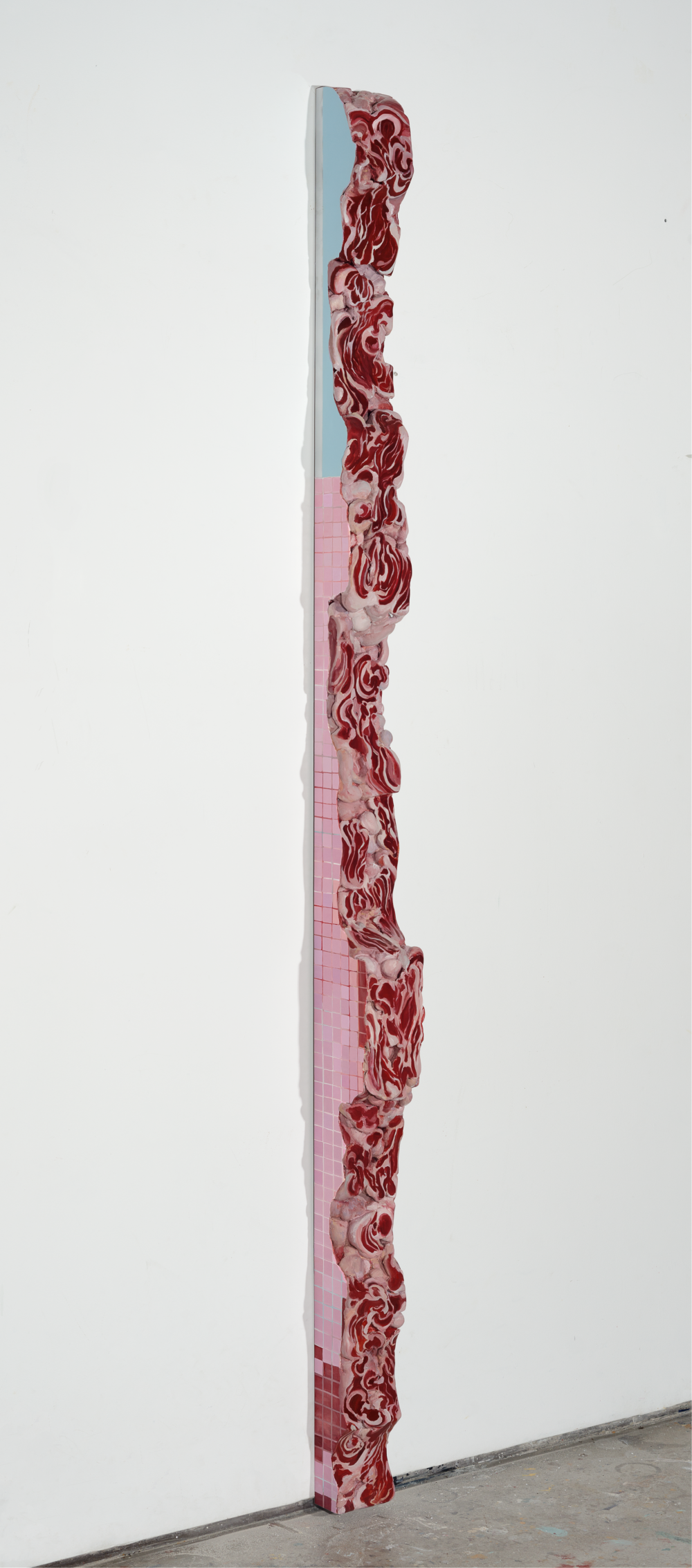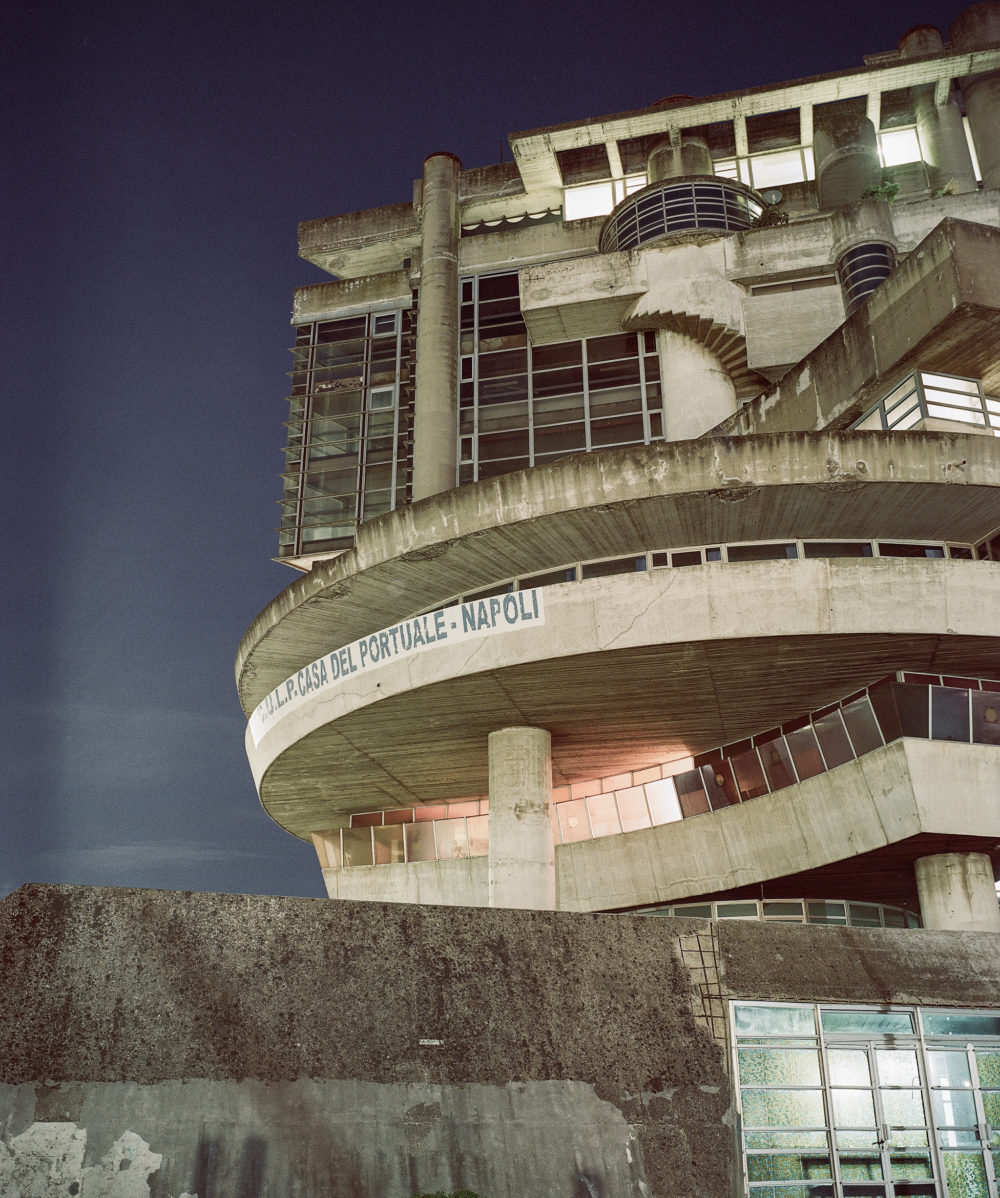In her new video work Le massacre du printemps (2020), Mathilde Rosier (Paris, 1973) creates a personal narrative from existing narratives. Called ‘an agricultural dance on Naples’, the work is inspired by the The Rite of Spring (Le sacre du printemps), a ballet created by Vaslav Nijinsky for the Ballets Russes in 1913 to music by Igor Stravinsky. The theme is also connected to the figure of the set and costume designer of the original ballet, Nicholas Roerich. As the artist writes: ‘The climate of the piece is cataclysmic, Roerich thought an end of the world imminent but with the hope of a rebirth for a wiser humanity’.
Across three different locations a battle is staged between the generative beauty and the destructive power of human beings and nature: the greenhouses of Pompeii, the center and port of the city of Naples, and the former industrial site and the bay of Pozzuoli. The work is divided into two parts, and questions the very principles of the original ballet. In the first act of Stravinsky’s work, entitled ‘The Adoration of Earth’, the choreography recalls the agricultural dances of pagan Russia. For Rosier the dancers, imitating the movements and gestures of farmers in the act of cultivating fields, connect the act of worshiping the land with the beginning of its progressive exploitation. For this reason the ‘worship’ of the original ballet is revealed as the beginning of an unstoppable ‘exploitation’: ‘the peasants become crops of wheat, the destiny of humans being linked to the destiny of plants’. In the second act of Stravinsky’s work, entitled ‘The Sacrifice’, a woman is designated for a sacrifice to the earth through which to implore the return of spring after winter and ensure the perpetuation of the well- being of the human species. In Rosier’s reinterpretation, the sacrifice
of the young woman does not take place and is transformed into the
metamorphosis of all the farmers and wheat fields into a forest of trees that spreads over the city and the industrial site that had previously been Naples.


